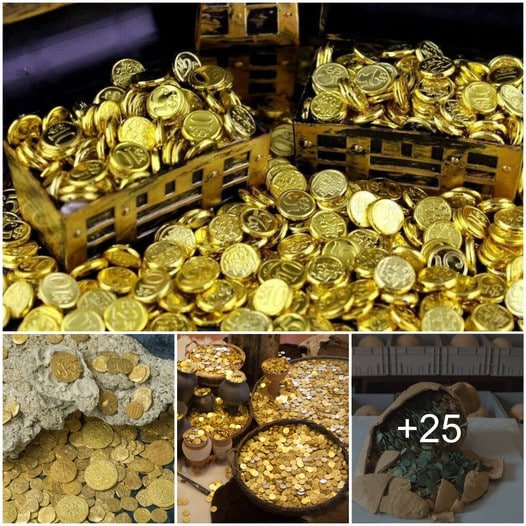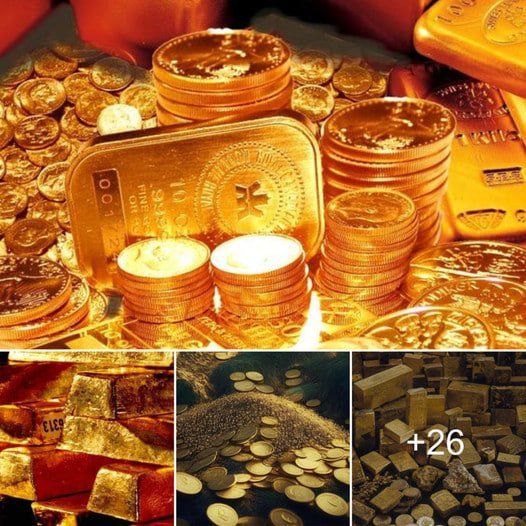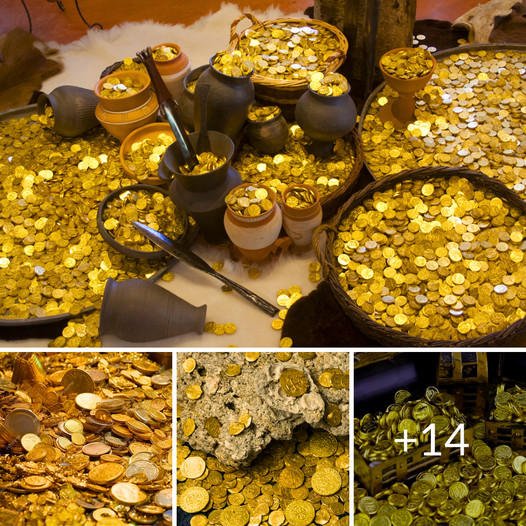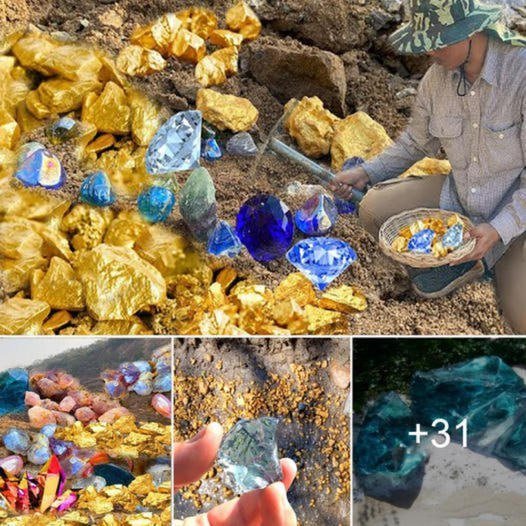Miners off the African coast found a 500-year-old shipwreck filled with £9million worth of gold and coins. The ship, named the Bom Jesus – which means Good Jesus, was found near Oranjemund in Namibia by geologists from De Beers in April 2008. This Portuguese ship, captained by Sir Francisco de Noronha, disappeared with its crew on a journey to India after setting sail from Lisbon in 1533.

Geologists from the mining company De Beers first stumbled upon the treasure trove contents of the Bom Jesus – also known as Good Jesus – along the Namibian coast near Oranjemund in April 2008. Among the discoveries were Spanish coins.

Unearthed from a man-made saltwater lake by miners along the Skeleton Coast, a collection of artifacts laid out with a trowel for scale. Among them, a remarkably well-preserved astrolabe at the center, a frying pan to the right, pottery to the left, a pewter plate above, and a fragment of a pewter bowl. This shipwreck, the oldest found in the area, was loaded with coin and ivory tusks, a true treasure trove waiting to be uncovered. Initially, odd pieces of wood and metal found along the beach hinted at the hidden wreck beneath the sands, waiting to reveal its secrets.
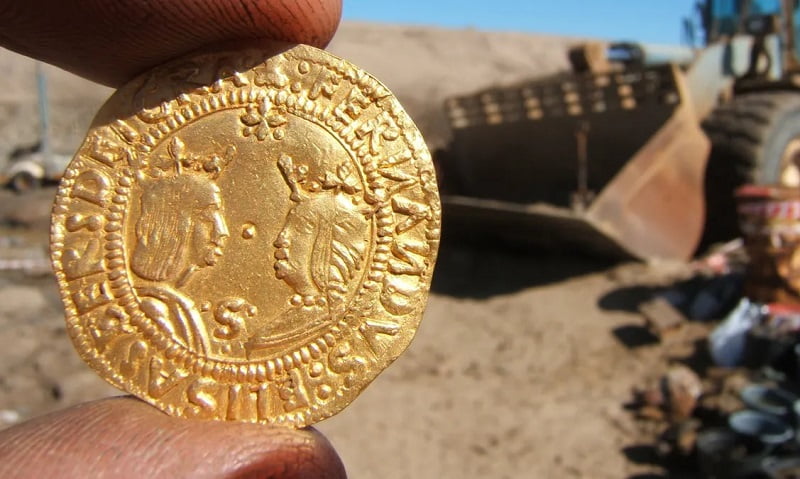
On the sixth day, they stumbled upon a treasure chest brimming with gold, marking a momentous shipwreck discovery that earned the site recognition under the UNESCO Convention on the Protection of Underwater Cultural Heritage.
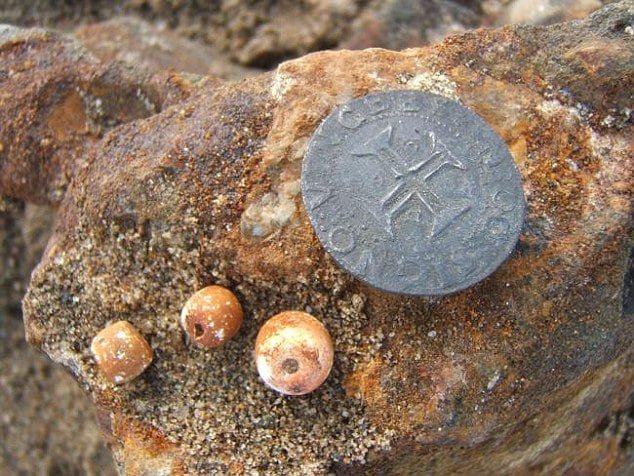
Among the discoveries from the wreckage of the Bom Jesus were a set of rosary beads and a Portuguese silver coin.
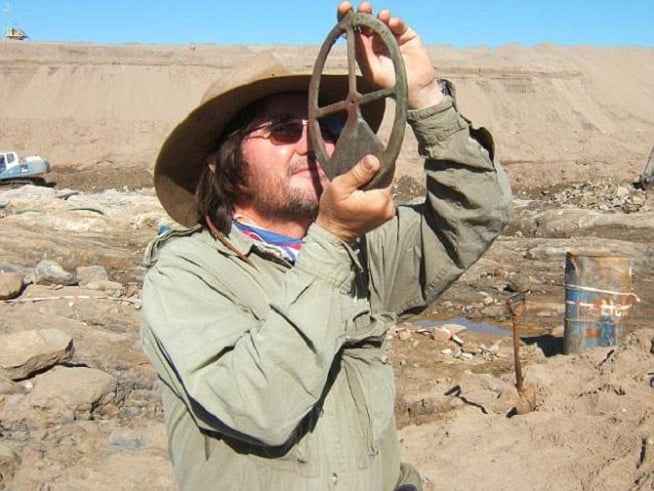
Dr. Dieter Noli, the archaeologist, showcased how an ancient astrolabe recovered from the shipwreck was used. The cargo of the Bom Jesus ship included a variety of items such as German copper ingots, West African ivory, and various currencies from Portugal, Spain, Florence, and Venice. Among the findings were weapons like swords and knives, clothing, and even human skeletons. Additionally, the miners unearthed bronze bowls, long metal poles for the ship’s cannons, musket compasses, and astrological instruments.
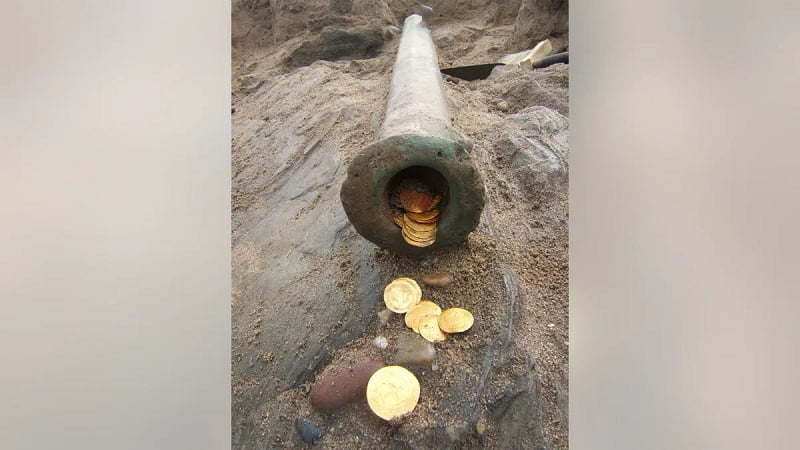
According to archaeologist Dr. Dieter Noli, the Namibian government will be retaining the gold found. He explained that typically, when a ship is discovered on a beach, the government of that country claims ownership. However, if the ship is considered a “ship of state”, then the country under whose flag it sailed gets all the contents. In this instance, as the ship belonged to the King of Portugal, it was deemed a “ship of state”, granting Portugal ownership. Despite this, the Portuguese government decided to graciously waive their right, allowing Namibia to keep everything found on the ship.
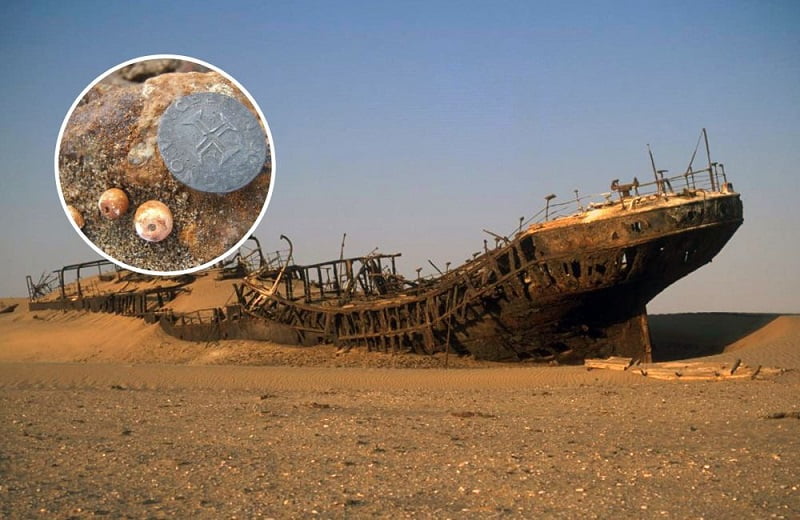
The appearance of the vessel is imagined. In 1533, a Portuguese ship, under the leadership of Sir Francisco de Noronha, departed from Lisbon on a journey to India but mysteriously disappeared, with all crew members on board. A family in Florida uncovered a treasure dating back 300 years.

